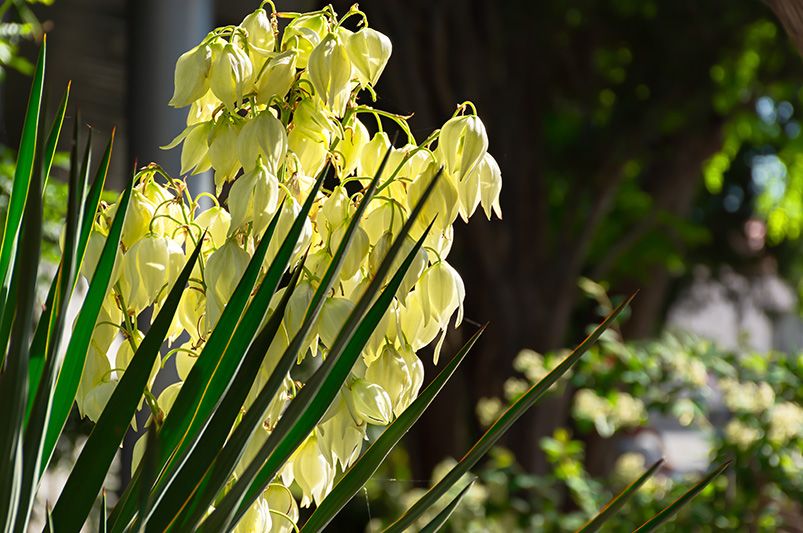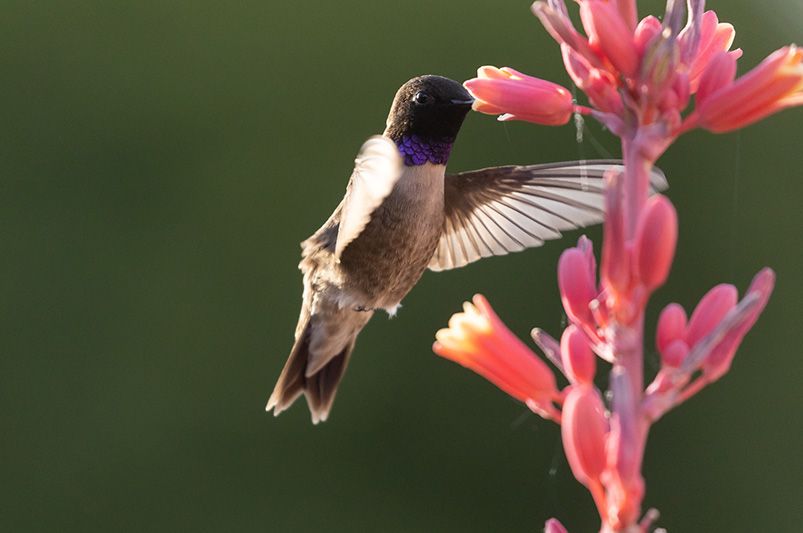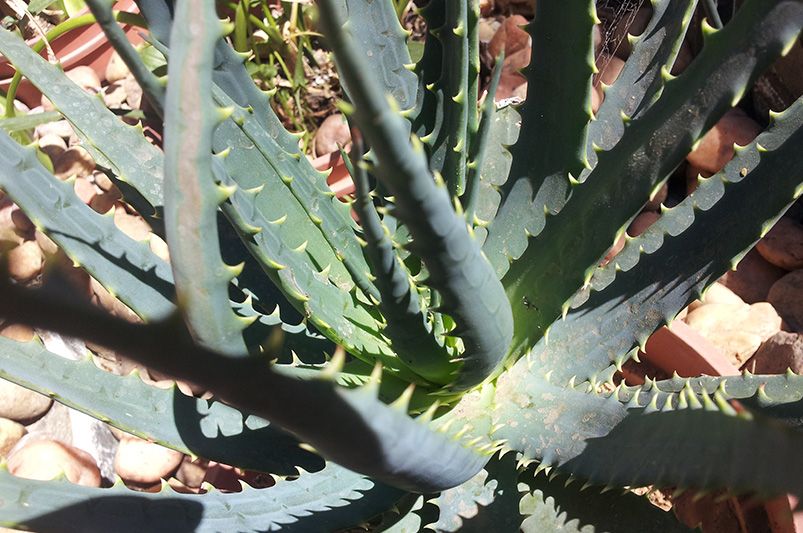
Desert Plant Adaptations and Their Uses Explained
Published: 02/09/2025 | Updated: 02/09/2025
When you think of deserts, the first image that comes to mind is often a vast, dry landscape with relentless sun and scarce water. Yet, against all odds, life thrives here. Desert plants are some of the most resilient organisms on Earth, showcasing remarkable adaptations that allow them to survive in extreme conditions. Beyond survival, many of these plants provide incredible benefits to people, wildlife, and even modern industries. Let’s explore how desert plants manage to endure and what valuable roles they play.


1. Key Adaptations of Desert Plants
Water Storage (Succulence)
Succulents like cacti and agaves store water in their stems, leaves, or roots. Their fleshy tissues act as natural reservoirs, keeping them hydrated for weeks or even months without rainfall.
Reduced Leaf Surface
Many desert plants reduce water loss by minimizing leaf size — some even evolving into spines (like cacti). Spines also protect plants from grazing animals and provide shade.
Waxy Coatings & Reflective Surfaces
A thick, waxy cuticle or light-colored hairs help plants reflect sunlight and reduce water evaporation.
Deep or Wide Root Systems
Creosote bushes send roots far into the soil to find deep moisture, while others like cacti spread shallow roots widely to quickly absorb rainfall before it evaporates.
Dormancy & Seasonal Growth
Some desert plants lie dormant during drought and “wake up” with even a brief rain, rapidly blooming, reproducing, and storing nutrients before retreating again.

2. Practical Uses of Desert Plants
Food & Drink
-
Agave is used to make tequila, sweeteners, and syrups.
-
Prickly pear cactus offers edible pads (nopales) and fruits (tunas), both high in nutrients.
Medicine & Wellness
-
Aloe vera, native to arid regions, soothes burns and skin irritations.
-
Creosote bush has long been used in traditional remedies for its antibacterial properties.
Shelter & Materials
-
Yucca fibers were traditionally woven into ropes, mats, and baskets.
-
Cactus wood from older plants is lightweight yet sturdy, often used decoratively.

-
Environmental Benefits
-
Desert plants prevent erosion with their hardy roots.
-
Many serve as habitats and food sources for desert wildlife.
-
Xeriscaping with desert plants conserves water and creates low-maintenance, eco-friendly landscapes.
3. Why Desert Plants Matter Today
In a world facing increasing water shortages and rising temperatures, desert plants provide inspiration for sustainable living. From water-efficient landscaping to natural medicines, they show us that thriving in tough conditions is not only possible but can be beautiful and beneficial.

Conclusion
Desert plants are more than survivors — they’re teachers, providers, and protectors of fragile ecosystems. By learning from their adaptations and making use of their many benefits, we can design smarter landscapes and live more sustainably.
Want to bring desert resilience to your own garden?
We’ve put together a handy checklist of 10 desert plants perfect for landscaping — complete with quick-care tips and notes on their uses. Whether you’re looking for edible options like prickly pear, medicinal favorites like aloe, or striking ornamentals like agave, this guide makes it easy to choose the right plants for your space.
Download your free checklist below and start planning your water-wise garden today!
Ready to transform your yard with resilient, low-water plants?
ShrubHub’s landscape design experts can help you create a stunning desert-inspired garden that thrives year-round.


